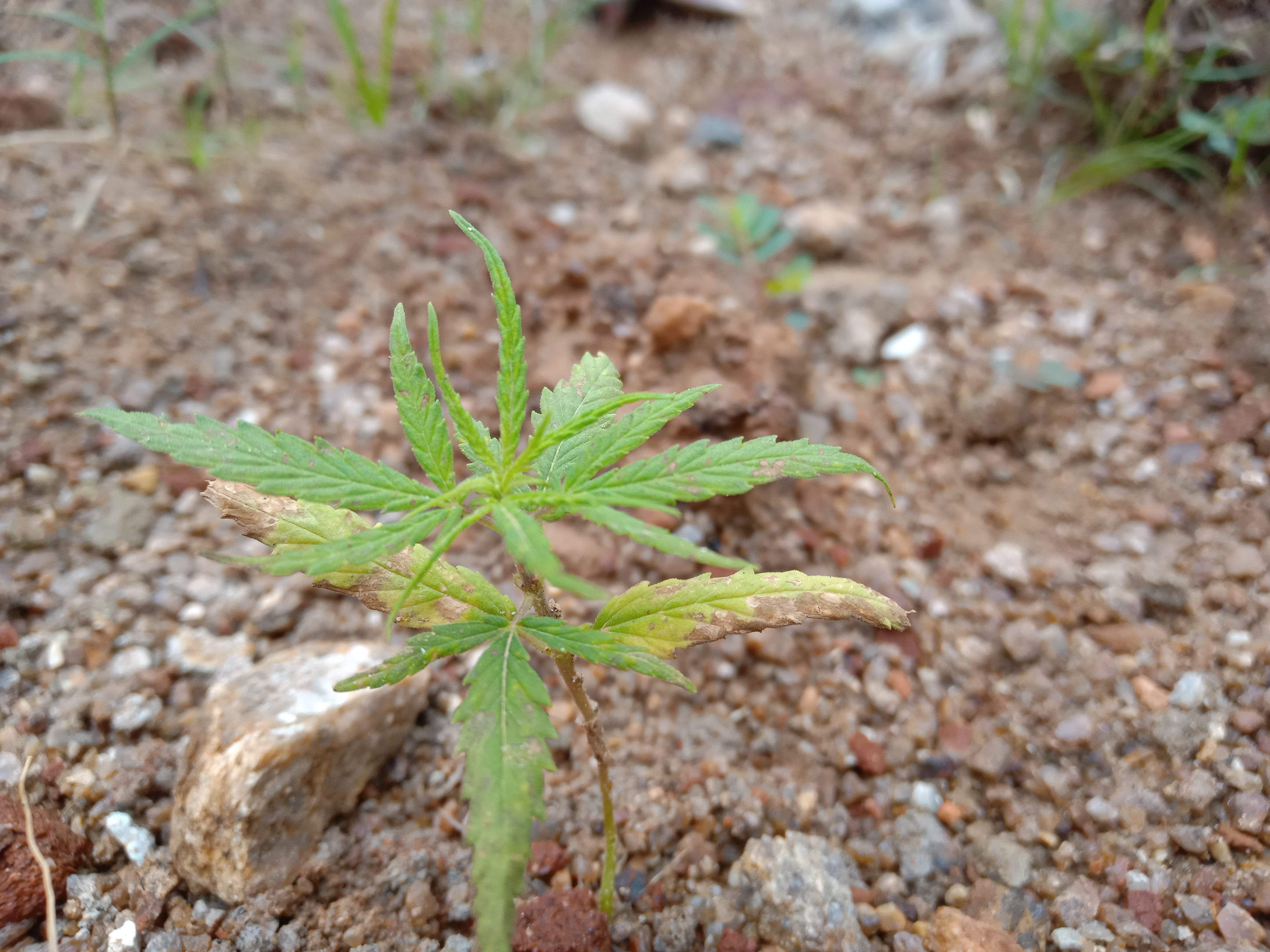
Weed competition and nutrient deficiency often restrict organic grain production, particularly where the availability of livestock manure is limited. While annual weeds and legume cover crops may be used, these methods are executed in the early spring and can be hindered by each other. Two crop cycle cycles of 2 crop years were carried out to the south (in eastern Norway (60 ° 42′N, 10 ° 51itudeE, elevation 250 m), with weed-free and under-cover crops (WHCC) at two fertilizer rates. (40) and 100 kg of nitrogen Ha - 1). The effects of WHCC treatments were measured by weed density and species, weed biomass, changes in weed seedbank, and grain yield. Weed density depends on the interaction between WHCC, fertilizer and year. On average, pre-gence emergence weeds decreased weed density by 32% and weeds' biomass by 49%, while pre and post-weed weeds showed 59% in weed density and weeds compared to weed control. The density has decreased by 67%. Spargula arvensis became less abundant rather than higher fertilizer rates. The average white clover crop is sown on average due to pre-grown weeds, resulting in maximum yields of both oats (+ 12.1%) and wheat (+ 16.4%) compared to untreated controls. Despite differences in weed population density and biomass between WHCC treatments, weed biomass, weed density, and seedbank increased over a 4 treatment year period for all WHCC treatments. More research is needed to improve the effectiveness of mechanical and cultural weed suppression methods that rely on biological systems.
Source
Plagiarism is the copying & pasting of others work without giving credit to the original author or artist. Plagiarized posts are considered fraud and violate the intellectual property rights of the original creator.
Fraud is discouraged by the community and may result in the account being Blacklisted.
If you believe this comment is in error, please contact us in #appeals in Discord.